Grow Your Own | Tips from Rob’s Allotment
30th Aug 2023
Keen to eat what you grow? There’s never been a better time to have a go at cultivating your own fruit and veg. Good news; just because summer’s nearly over doesn’t mean sowing halts here. Coriander, for example, is a crop you can still start off in September. This week we sat down for a chat with Rob Smith aka @robsallotment, a passionate vegetable gardener and writer behind the blog, who certainly knows a thing or two about how to make the most of your outdoor space. Looking to cultivate glorious garden produce? Read on for Rob’s top tips, perfect for preparing your garden for the forthcoming seasonal change.
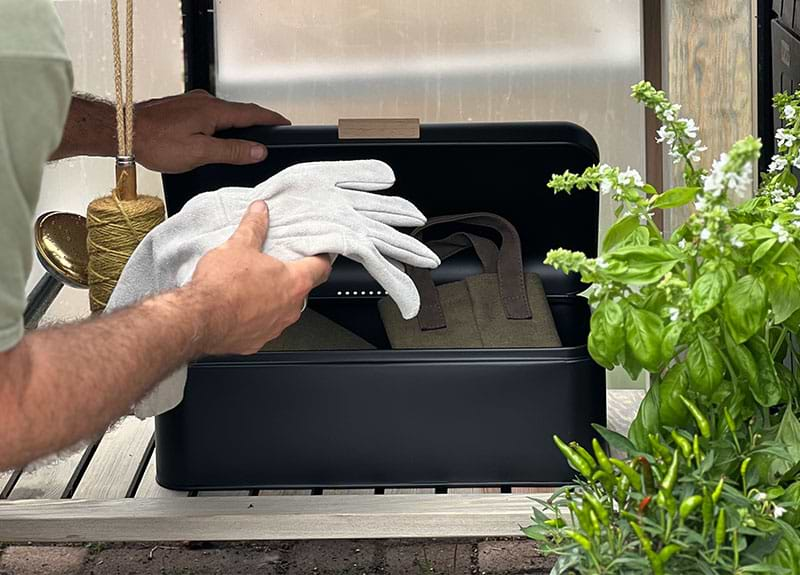
1. Prepare now for chillier weather
When it comes to helping your garden settle down ahead of a winter slumber, it’s all about tidying up! Spent crops and dead plants should be composted, with thicker branches being burnt or shredded before being added to the compost heap. Remember to save any seed head you want to grow next year, as they can be dried on a windowsill and stored in envelopes in boxes or tins. It’s also a good idea to make sure that all loose items and equipment are secured or put away in a shed, as the weather will start to become windier. This also allows you to inspect pots and other equipment to see if anything needs replacing before being stored. Picking up fallen leaves is always one of the most beneficial things you can do, as this prevents pests from having anywhere to hide during wintertime, resulting in fewer issues with them during spring.
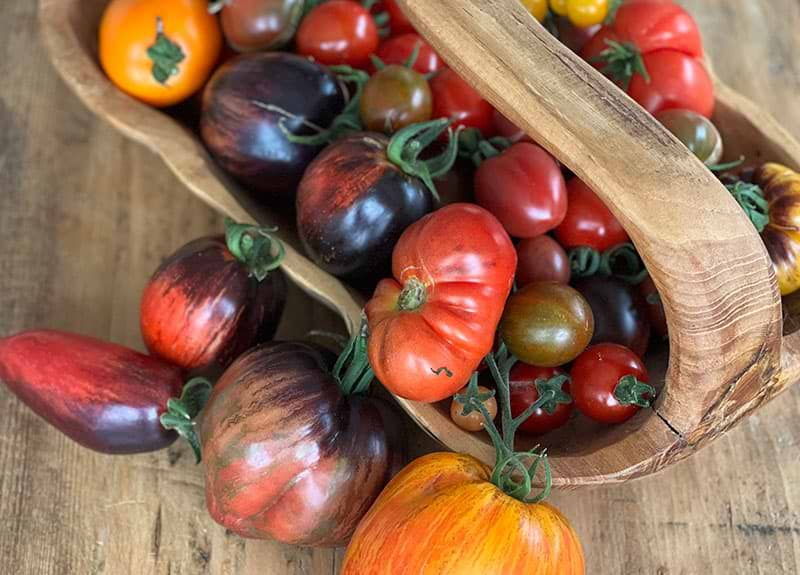
2. Look out for the signs that veg is ready to harvest
Depending on the plants you are growing, you’ll know when most veggies are ready to harvest by the look of them. Cabbages will start to heart up and feel firm, carrots will be nice and long (pulling one to check the size is a good idea), and your final greenhouse crops will look nice and colourful. If your tomatoes are still green, with little sign of ripening, take them from the plant and put them in a paper bag with a ripe banana in the kitchen. The ethylene gas released from the banana will speed up the ripening process and encourage your tomatoes to change hue.
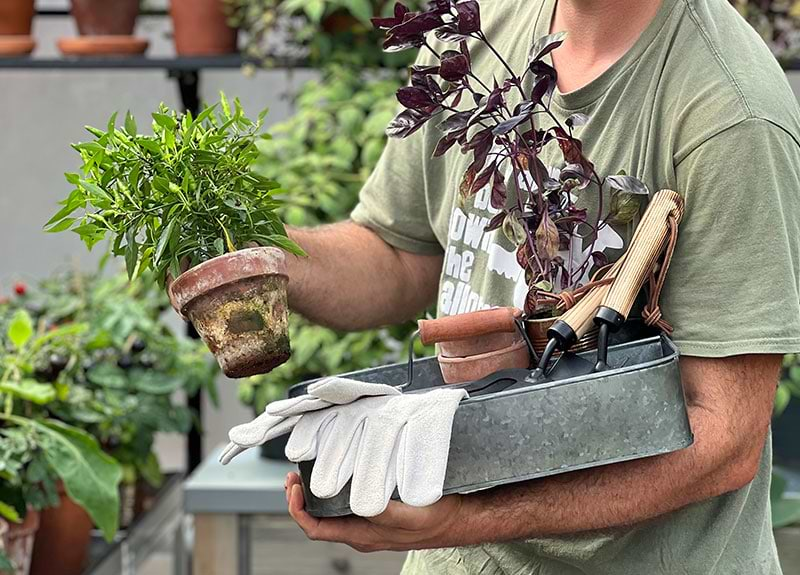
3. Grow these first (if you are a total novice)
Speedy vegetables are the best things to grow if you are new to the garden scene; this way you get a quick reward for all your hard work, rather than waiting ages. Grow different types of lettuce leaves, as these are expensive to buy in bags in the shops, yet only cost a pound or two for a pack of seeds that will keep you going all year. Small, tender carrots are also easy to grow, plus they are deliciously sweet when picked at the size of your finger, you can even roast them whole.

4. Deter bugs from your garden grows the natural way
Encouraging beneficial insects to the garden is a sure way to help reduce the number of pests attacking your lovingly grown veggies and other plants. By providing shelter over winter plus sources of water in the garden, you can encourage your own gardening army! I find that adding a bug hotel, or simply piling up pruned branches and plant material, really does the job. Not only that, but adding a small pond, even an old bucket sunk into the soil will do the trick. Just make sure to have a piece of wood sticking out of the water to act as a ladder, in case any animals accidentally fall in. Adding a strip of wildflowers to the garden can also increase the number of beneficial insects who pay a visit to your garden. Simply scatter the seeds along the border or at the base of a fence to increase their habitat, they’ll add a burst of colour for you to enjoy as well.
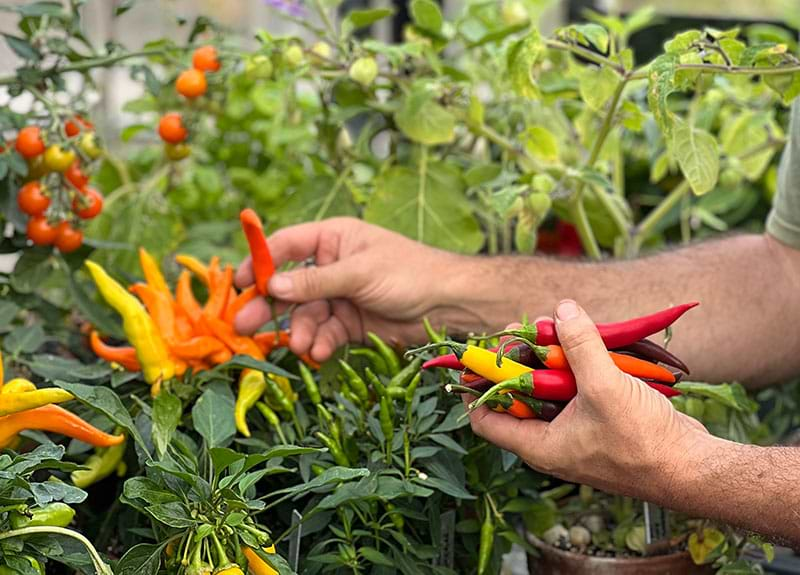
5. Add colour & interest
If you want more visual treats in your garden during the colder months, there are certain plants you can grow and enjoy during the summer, leaving them in the ground for birds to feed from in the autumn. This encourages a myriad of different birds to feed from the ripe seeds, with sunflowers and globe artichokes being especially attractive to hungry birds. If you want to keep your kitchen garden productive and colourful, grow chard in your beds and leave it through the winter to form brightly coloured plants which really do brighten up the darkest of days, plus you can harvest the leaves for delicious winter casseroles and soups.
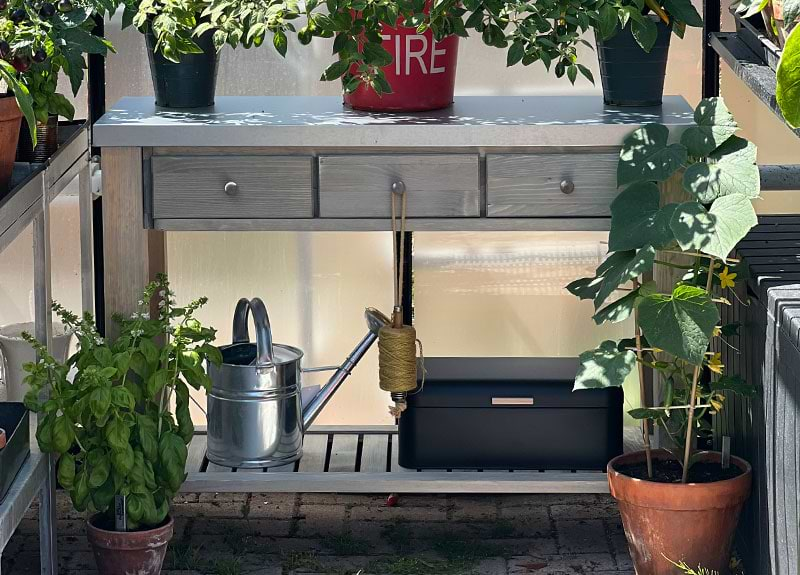
6. Create strength in numbers.
Positioning potted plants together during the winter months is always a good idea, especially if you place more tender plants in the centre of a group. Moving plants to strategic places prevents them blowing over in the wind. It also means that any centre pots are protected by others from the cold, freezing weather, offering them a better chance of survival. Grouping pots by a south facing wall will also give them more frost protection; the wall will soak up the weak winter sun during the day and release it during the night, helping to prevent frost from damaging your plants or cracking your pots.
